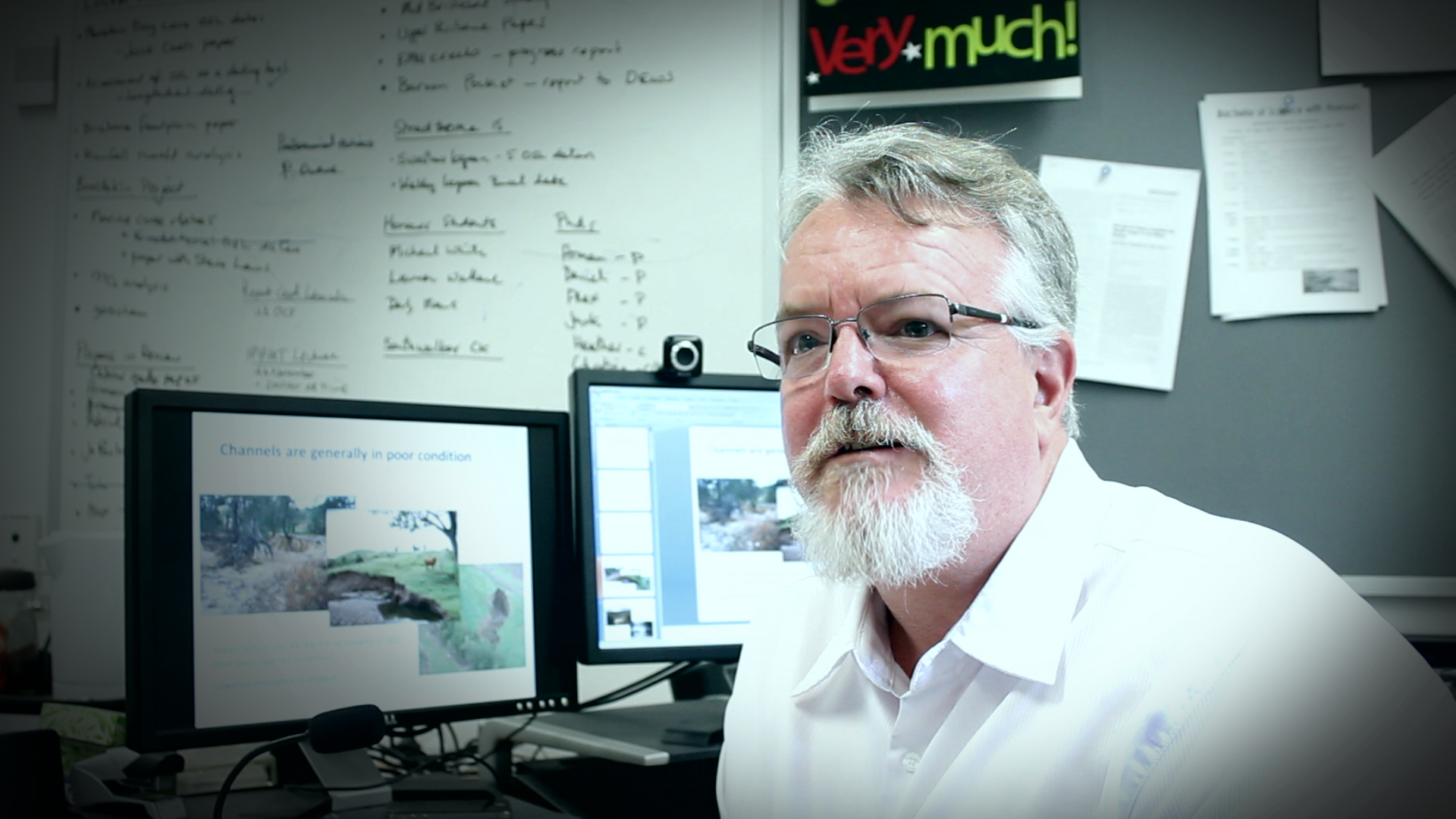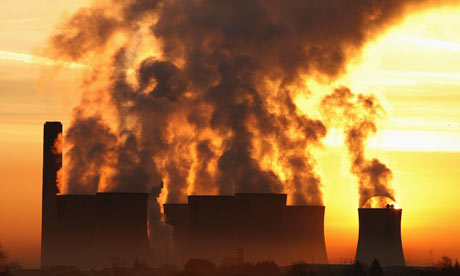The role of creative arts in stimulating responses to climate change.
Can art contribute to getting people to respond to the issues of climate change? Art doesn’t only operate on an intellectual level, It can evoke a wide range of physical and emotional experiences. If we’re going to ask questions about whether art can make a contribution to stimulating responses to climate change we need to think a little bit about the way art works.
This article was first published in Impact @ Griffith Sciences magazine. Click here for more details
Art can imagine things. It can imagine a future or help us rethink historical and existing relationships. It can provide non-threatening positive images that may assist in an individual’s growth and change of attitude. It can stimulate our perceptual system and transform the way we think about something that is already very familiar. It can appeal to our emotions and create personal connections. Art offers ways of revealing the limitations of our existing knowledge systems. Art helps create the stories or narratives through which we understand our relationship to environment.
Associate Professor Marian Drew from the Griffith University Queensland College of Art recently presented a body of her work investigating our local relationship with the environment through a public evening hosted by the Griffith Climate Change Response Program. “The work was a response to road kill in Brisbane and after years of trying to ignore it I started picking it up and freezing it and making these still life photographs using well these frozen dead wild animals,” explains Marian.
“And the reason I put them into kitchens and dining rooms and sewing rooms was that I wanted to ask my audience to think about what is our relationship, to these wild animals. Because I reference the genre of the paintings of European still life, these (artworks) are questions about what’s the inheritance about our relationship to animals or maybe in a broader sense nature and how do we feel about that inheritance today.”





